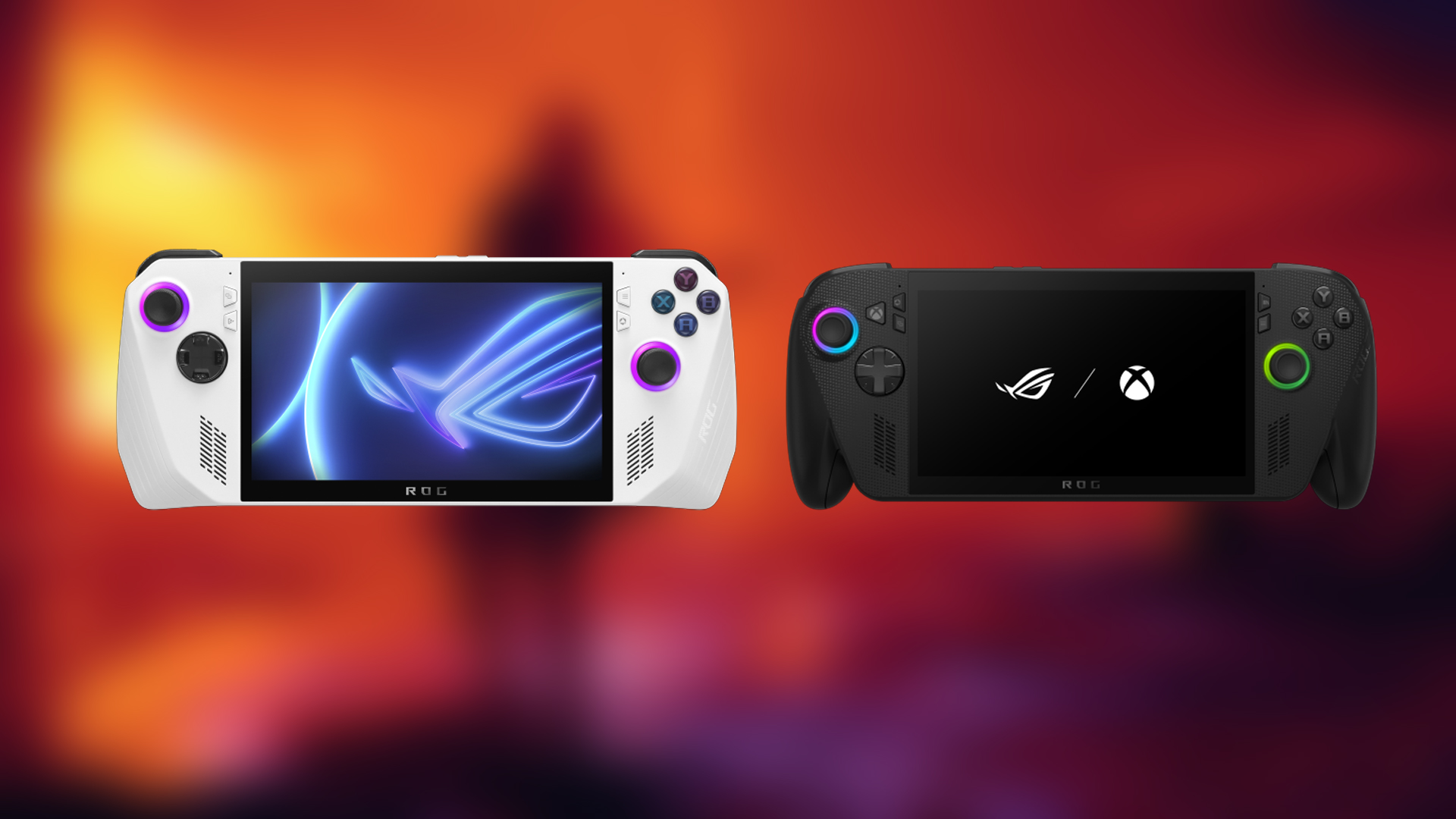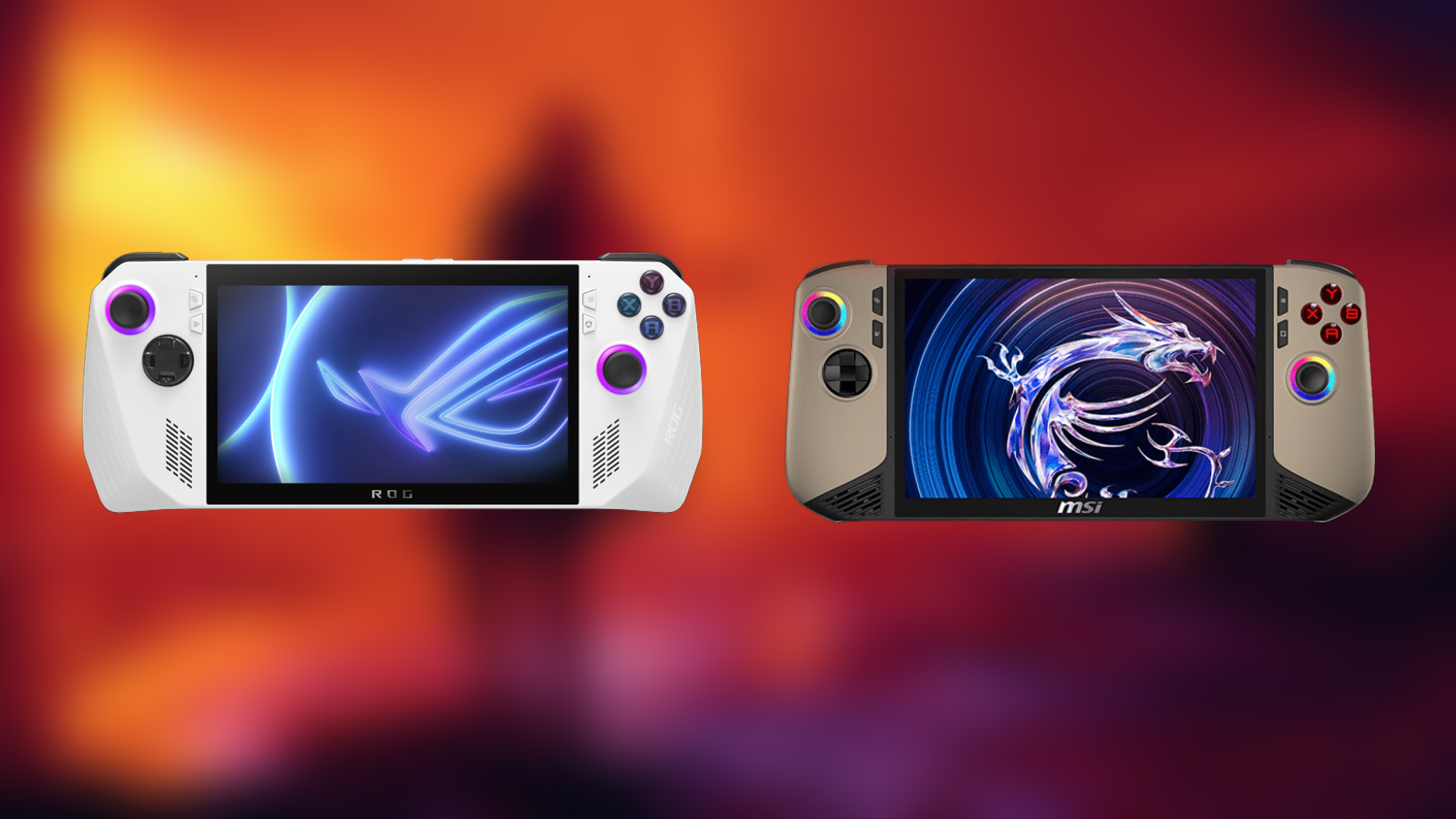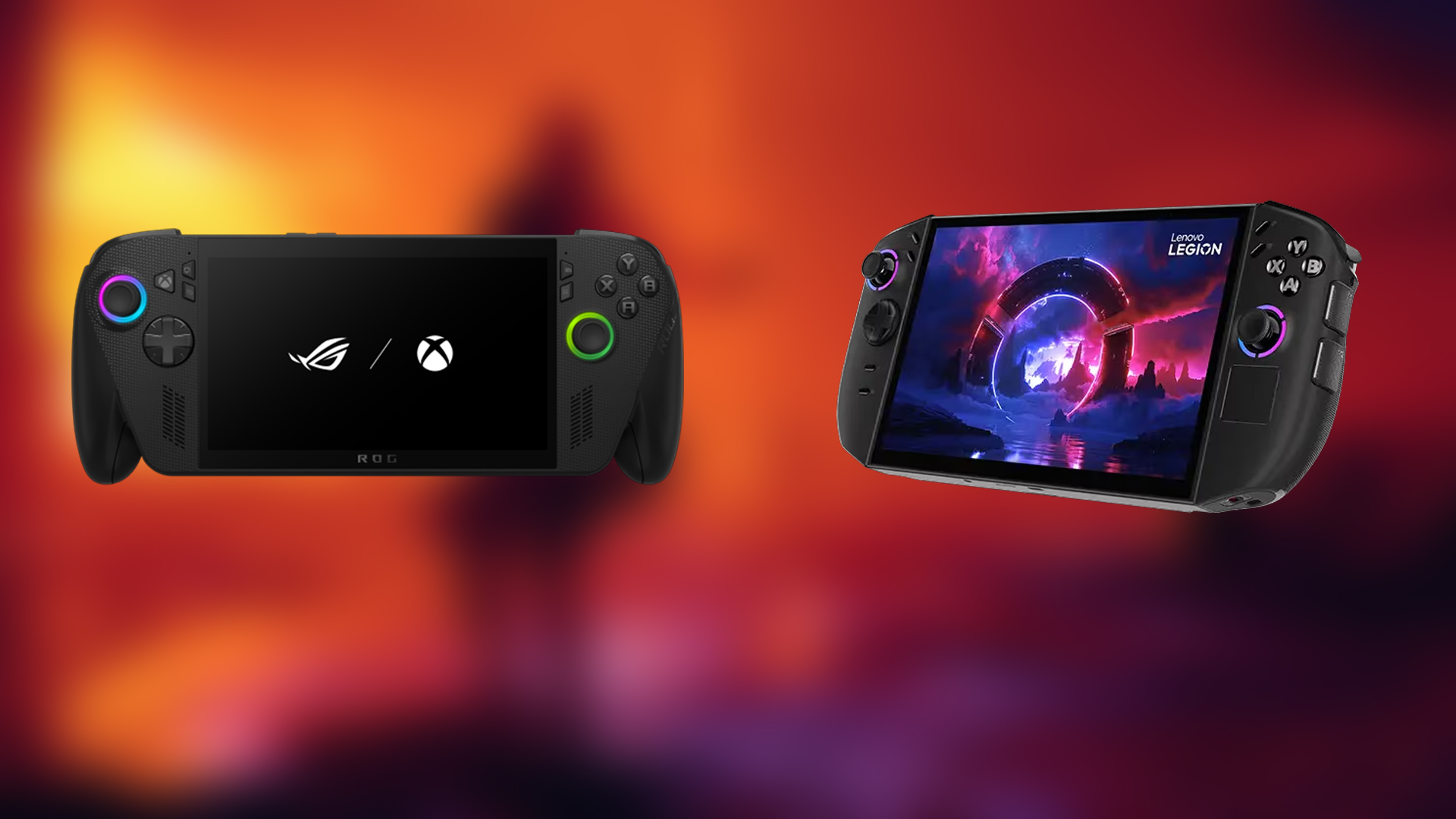Wi-Fi 7 offers incredible speeds and low latency, making it top-of-the-line technology, but the question is, do you need it?
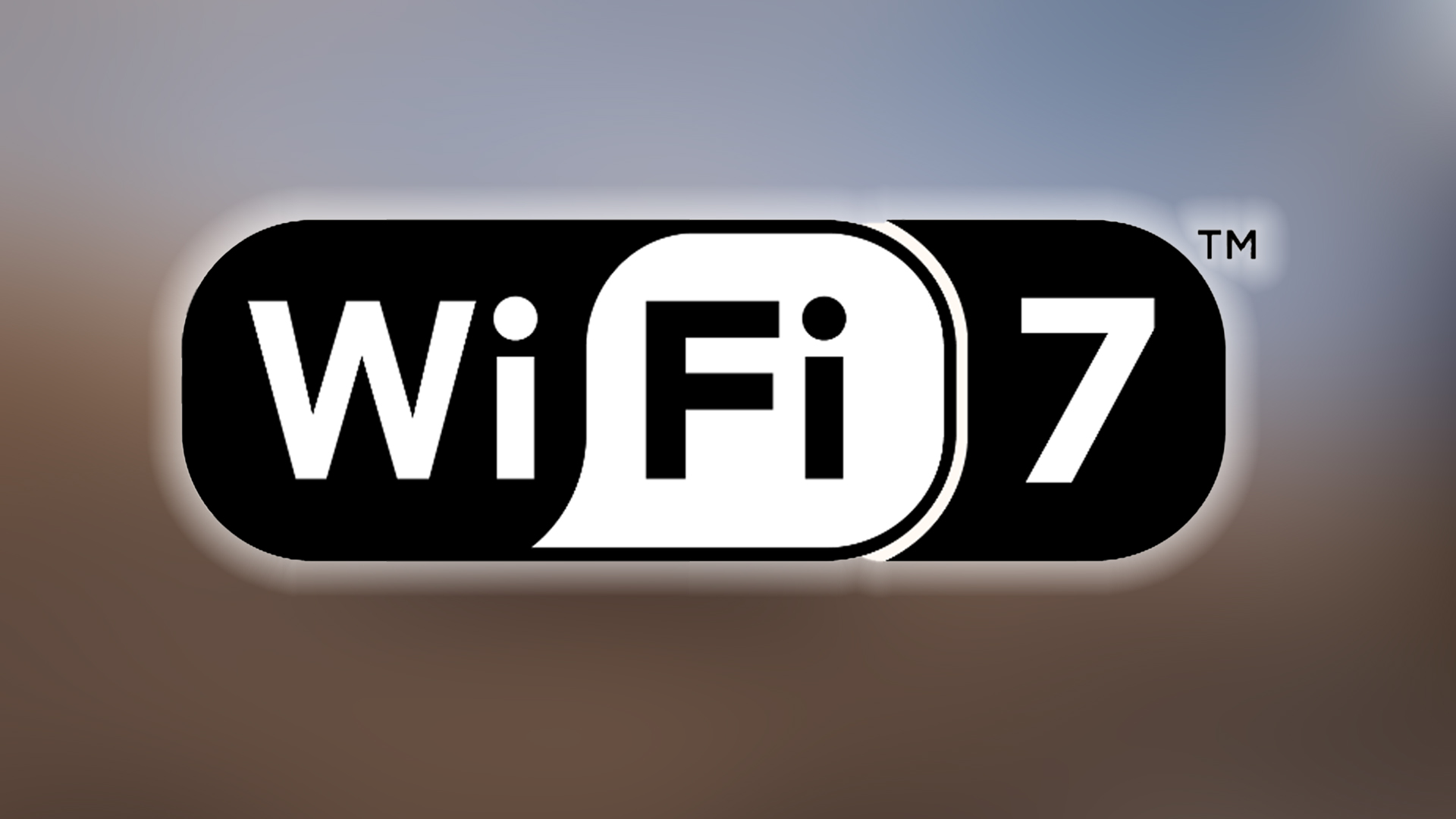
Wired lines will always be king when it comes to the best means for online gaming, especially in the competitive scene. No matter how much the WIFI generation progresses, wired is and always will be king. But what if you have no options, such as Power over Ethernet, which causes packet loss, and your setup cannot just utilize wires? That’s where Wi-Fi 7 comes in handy. Let’s dive in further.
Who is Wi-Fi 7 For?
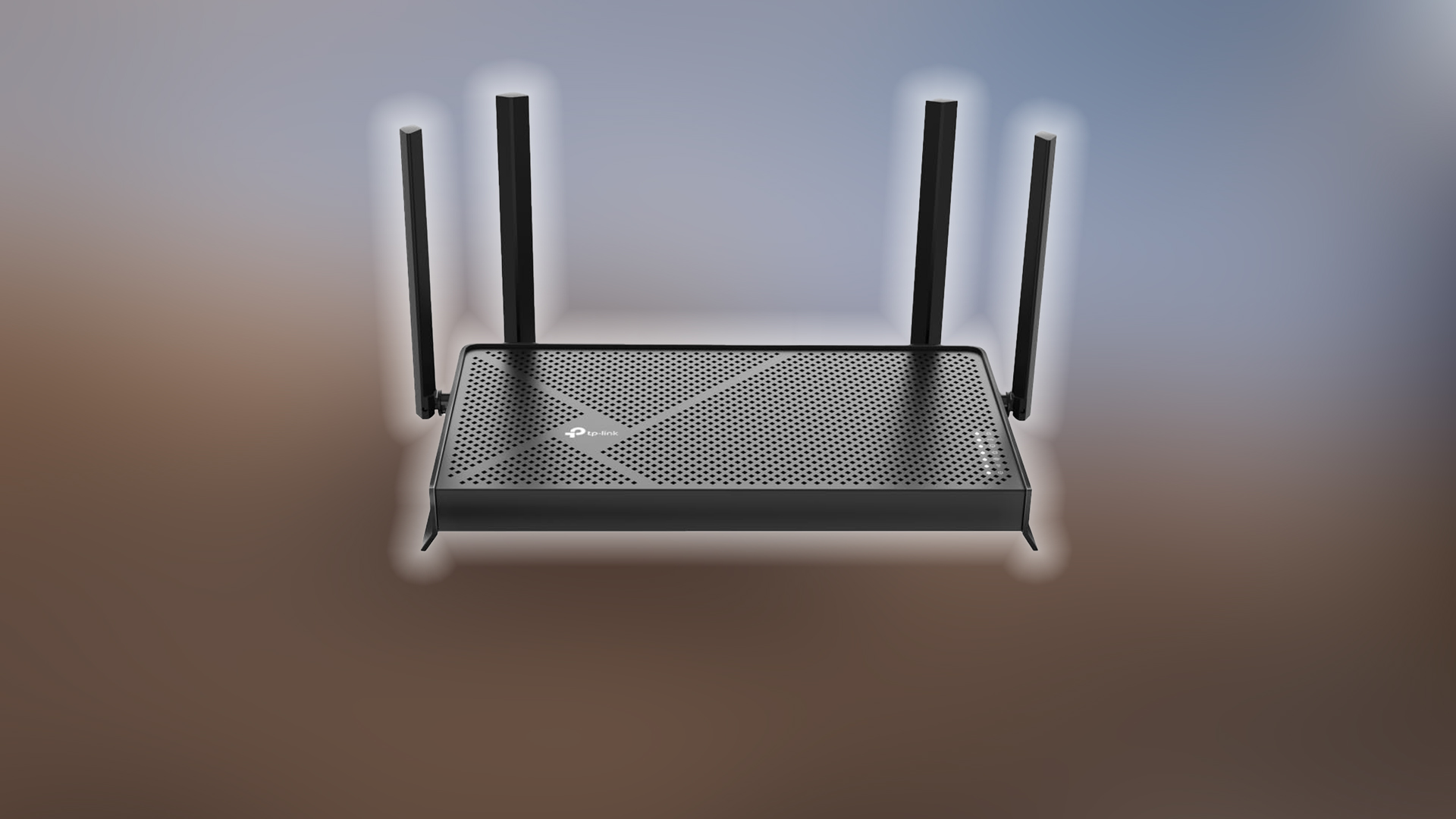
In short, Wi-Fi 7 is for those who love top-tier tech and prefer the best wireless internet and intranet protocol option. For starters, Wi-Fi 7 at full speed configuration delivers up to 46 Gbps bandwidth, which is 4.6 times more than a 10 Gbps wired line. But how consistent is it? Well, the answer depends on how close you are to the transmission device.
Benefits for Gamers
Top-of-the-line tech means immunity to traffic congestion. Here is a real-life example of what’s happening with your network signal: Wi-Fi 7 essentially turns your network signal into an open freeway, with no traffic and no slowdown, like a Ferrari hitting the rev limiter in 7th gear. Yeah, it’s short, it’s fast, like hella fast. So, if you are in a situation where you cannot use wires for a given reason, the new Wi-Fi tech can provide a near wire-like experience. Remember, the closer you are to the transmission device (router), the better it is.
Wi-Fi 7 also supports Mult-Link Operation, meaning you can simultaneously have connections on multiple bands (2.4GHz, 5GHz, 6GHz) for more reliable performance. It also effectively handles network interferences and reduces the chances of connection drops while doing packet-intensive tasks (gaming)
What You Need for Wi-Fi 7
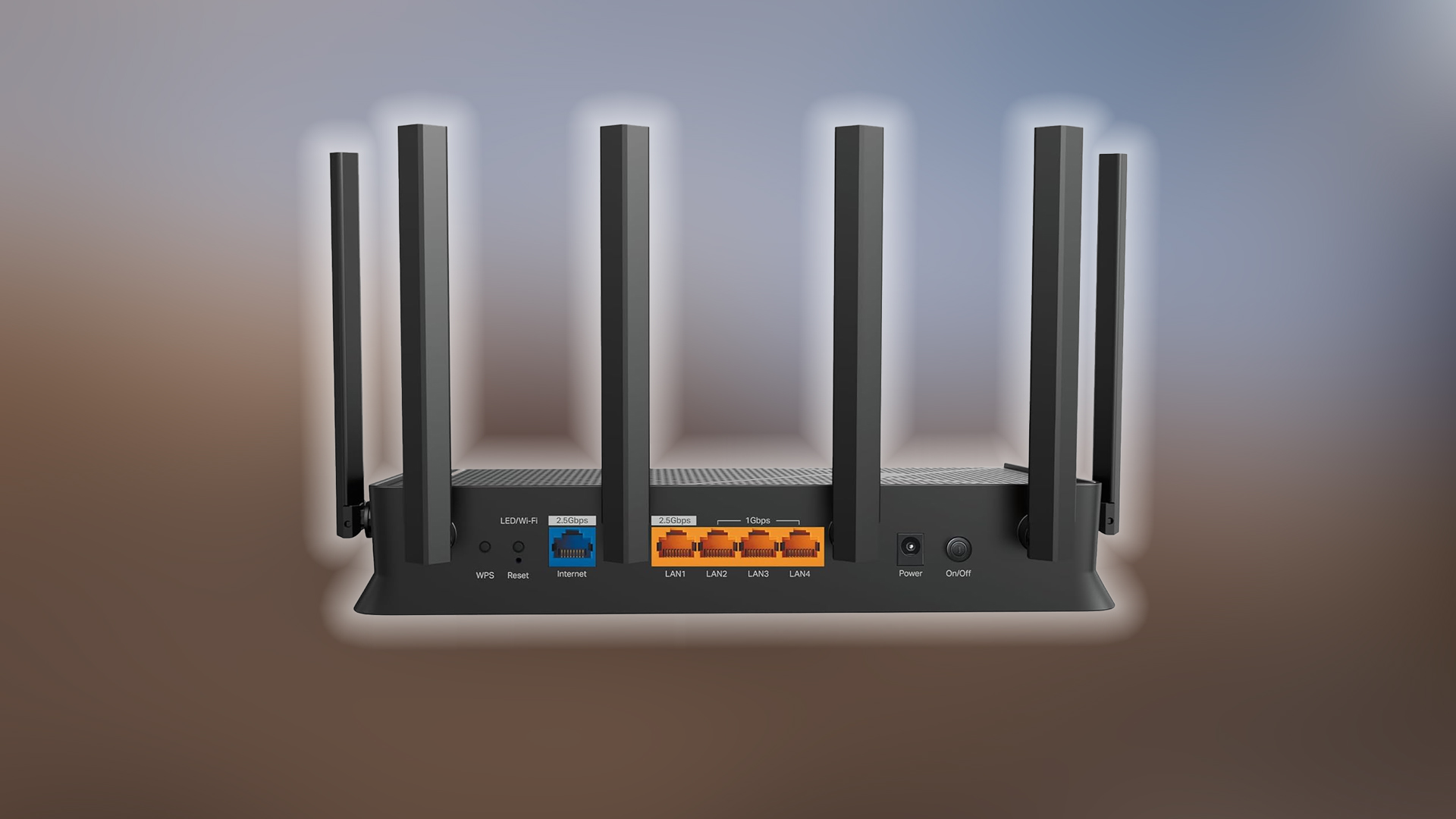
This new Wi-Fi is the fastest wireless protocol available, but to meet its full standards, you need a Wi-Fi 7-supported router, as well as a compatible PC adapter (now included with new motherboards, such as AM5 and LGA 1851). On top of everything, you need 1Gbps+ Internet speeds to utilize its practical usage potential fully.
Should You Upgrade Now?
While this is ultimately a subjective choice based on your needs and use case, the cost of setting up Wi-Fi 7 can be easily surpassed by a wired solution. For the same investment, or even less, you can wire your entire setup, including concealed cabling, without paying a hefty premium. But if you desire to upgrade, here are the best cases that are in your favor:
- You have a Wi-Fi 7-compatible gaming PC or plan to buy one soon.
- Your router and internet plan can support very high speeds.
- You play competitive online games where every millisecond counts.
- Your place of living has many connected devices and other Wi-Fi networks, which are causing network congestion.
However, if you already meet the following criteria, then upgrading is not recommended.
- Your current Wi-Fi 6/6E setup meets your needs.
- Your internet speed is below 1 Gbps (Full Wi-Fi power won’t show).
- One or two of your devices currently support the latest Wi-Fi.
- You’re on a budget, as Wi-Fi 7 hardware is pretty expensive.
Final Verdict
Wi-Fi 7 is the fastest wireless option as of today, but if you fancy this in your setup, it can be beneficial in places where there is high network congestion. It also comes in handy for competitive gamers who are capped out on a wired line in their setup, as it provides an almost identical gaming experience to wired Ethernet. If you have the budget, go for it. It will future-proof your network.
We provide the latest news and “How To’s” for Tech content. Meanwhile, you can check out the following articles related to PC GPUs, CPU and GPU comparisons, mobile phones, and more:
- 5 Best Air Coolers for CPUs in 2025
- ASUS TUF Gaming F16 Release Date, Specifications, Price, and More
- iPhone 16e vs iPhone SE (3rd Gen): Which One To Buy in 2025?
- Powerbeats Pro 2 vs AirPods Pro 2: Which One To Get in 2025
- RTX 5070 Ti vs. RTX 4070 Super: Specs, Price and More Compared
- Windows 11: How To Disable Lock Screen Widgets
 Reddit
Reddit
 Email
Email
